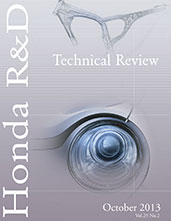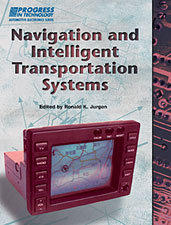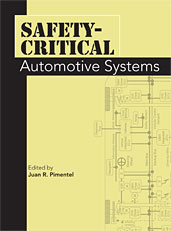Book

Automotive Microcontrollers, Volume 2
2008-06-06
This book contains 49 papers covering the past eight years (2000-2007) of research on automotive microcontrollers, providing a look at innovative design trends and the latest applications. Topics covered include: Microcontroller Design Concepts; Microcontroller Networking; System Testing/Diagnosis; Implementation Examples The book also includes editor Ronald K. Jurgen's introduction ("New Microcontroller Architectures Spark Innovative Applications") and a concluding section on future developments in automotive microcontrollers.



















